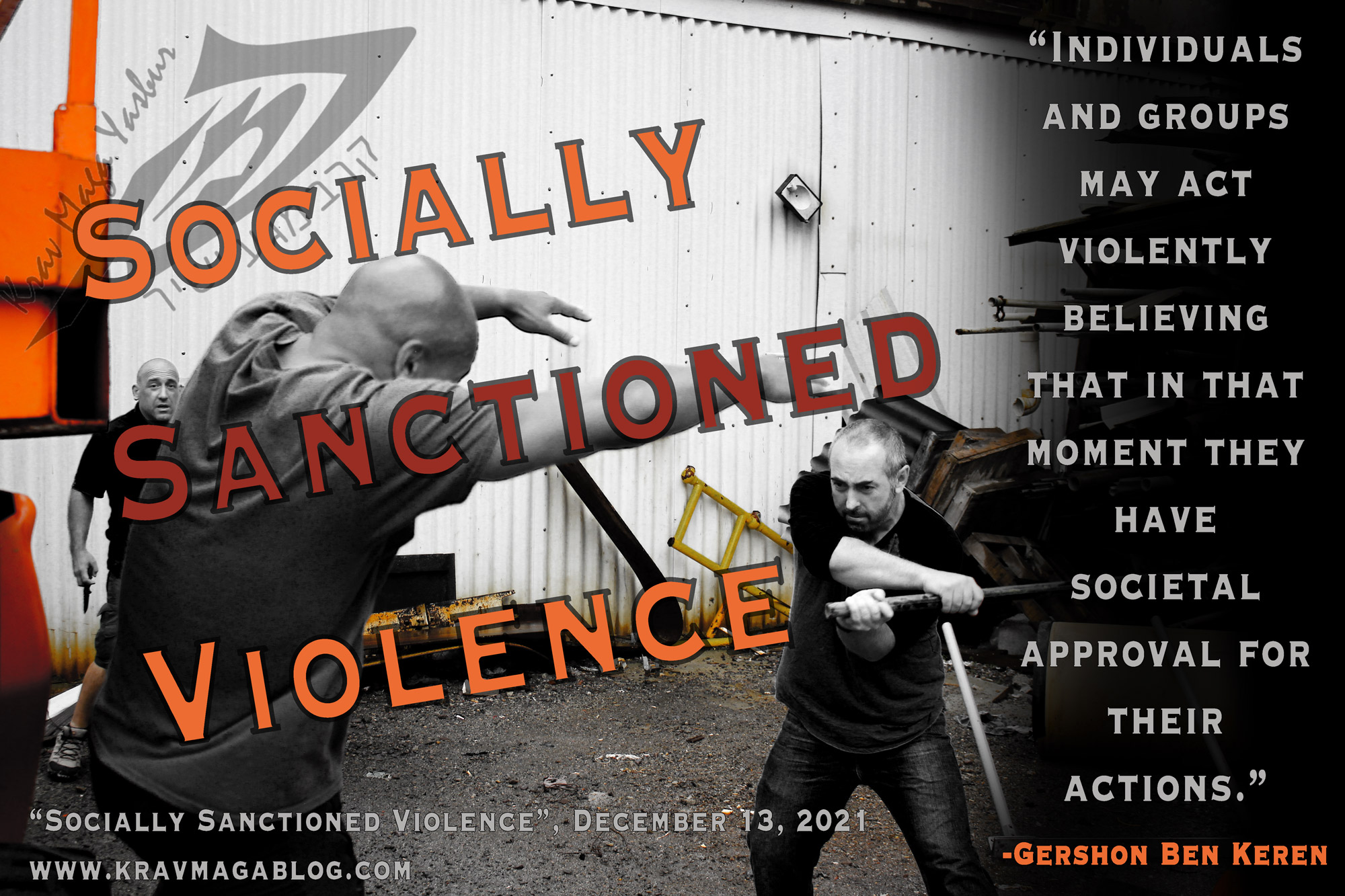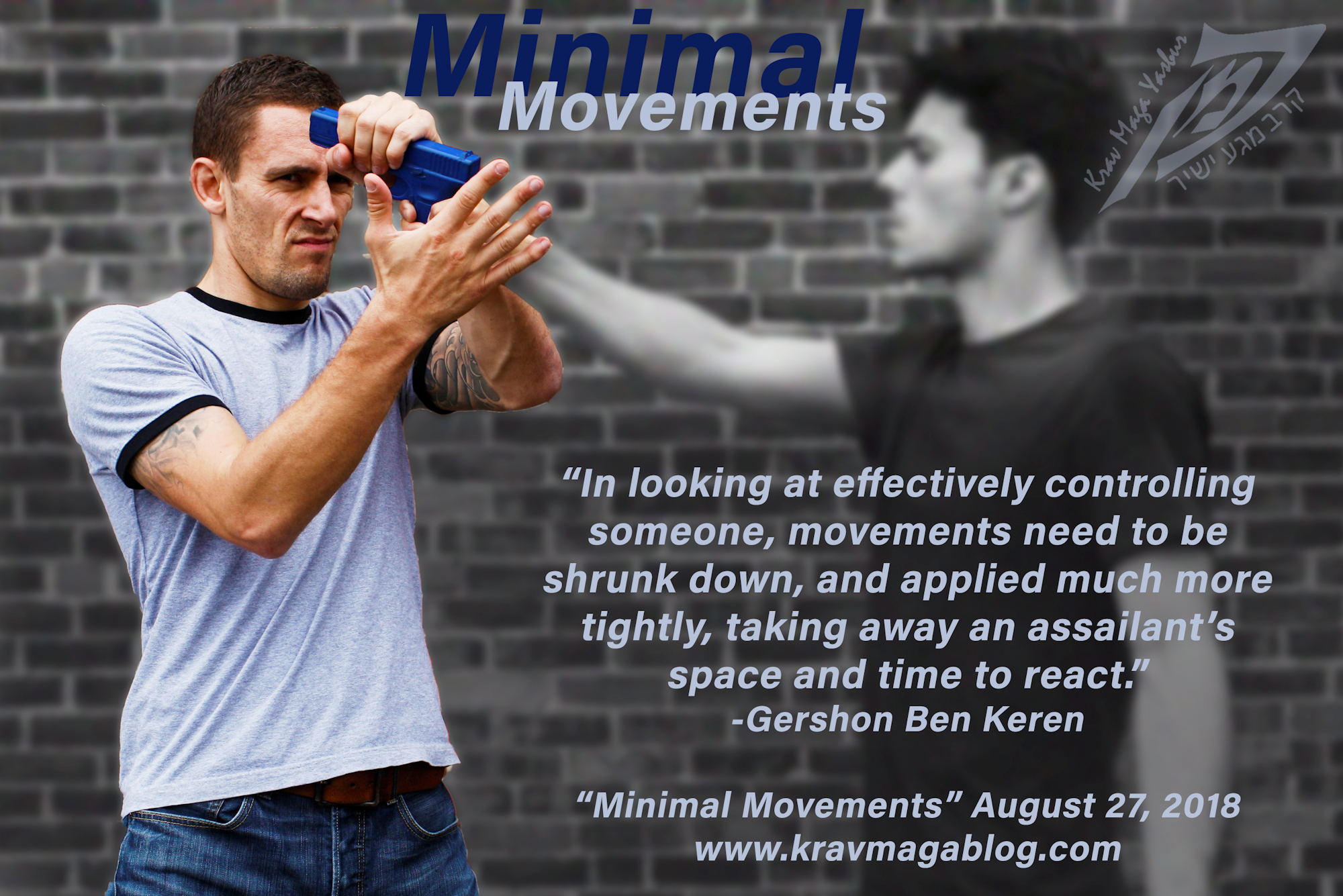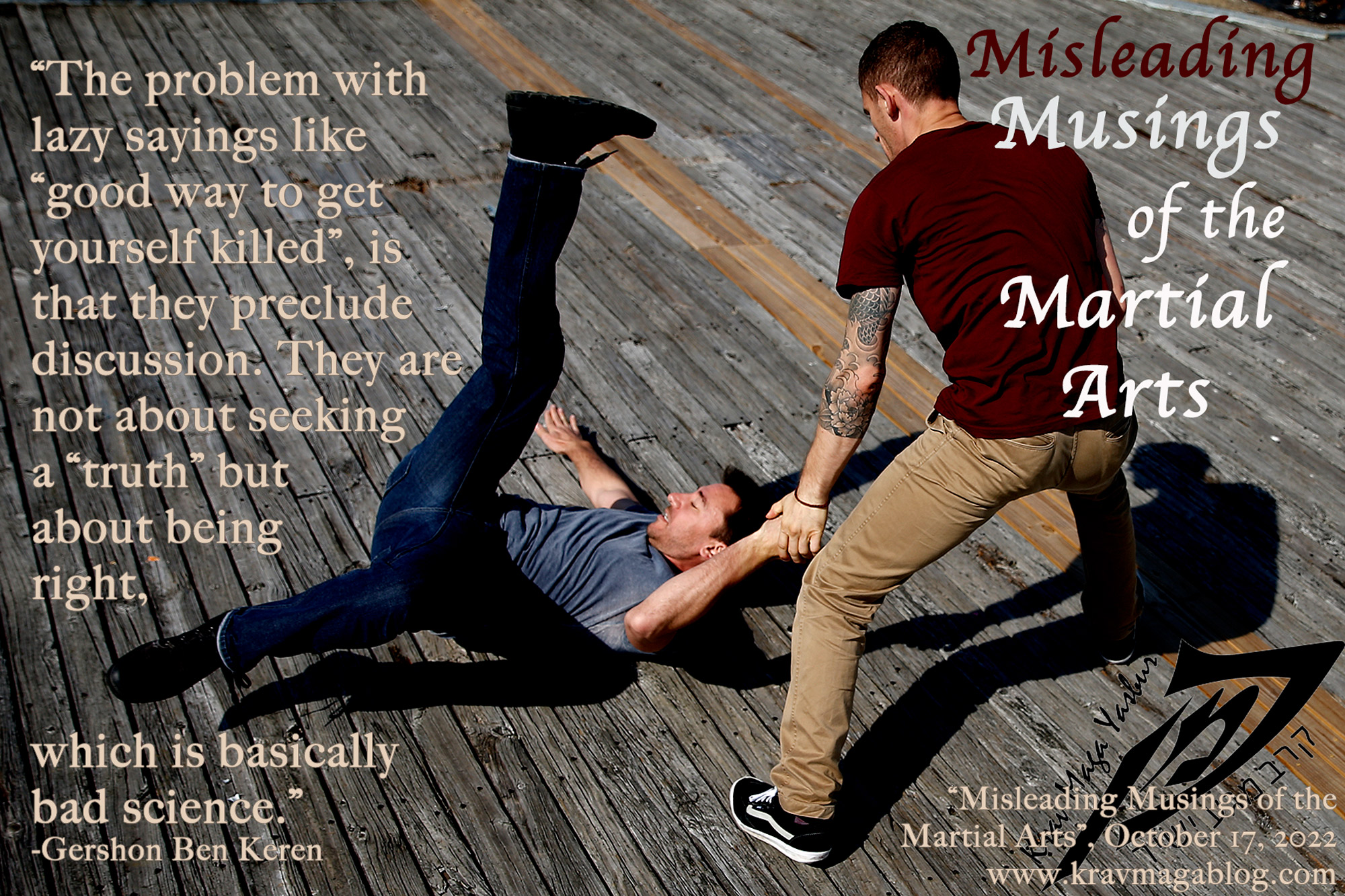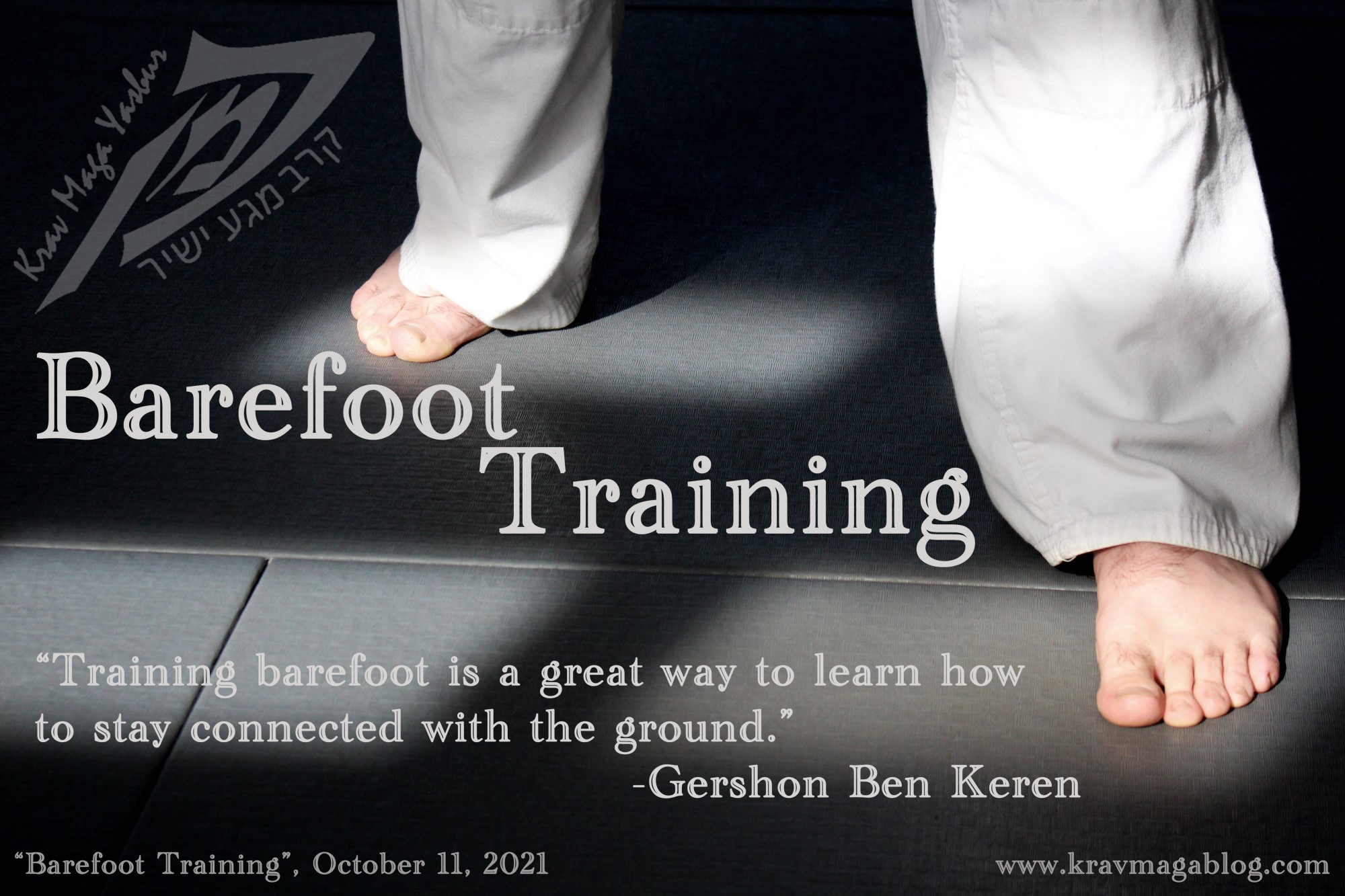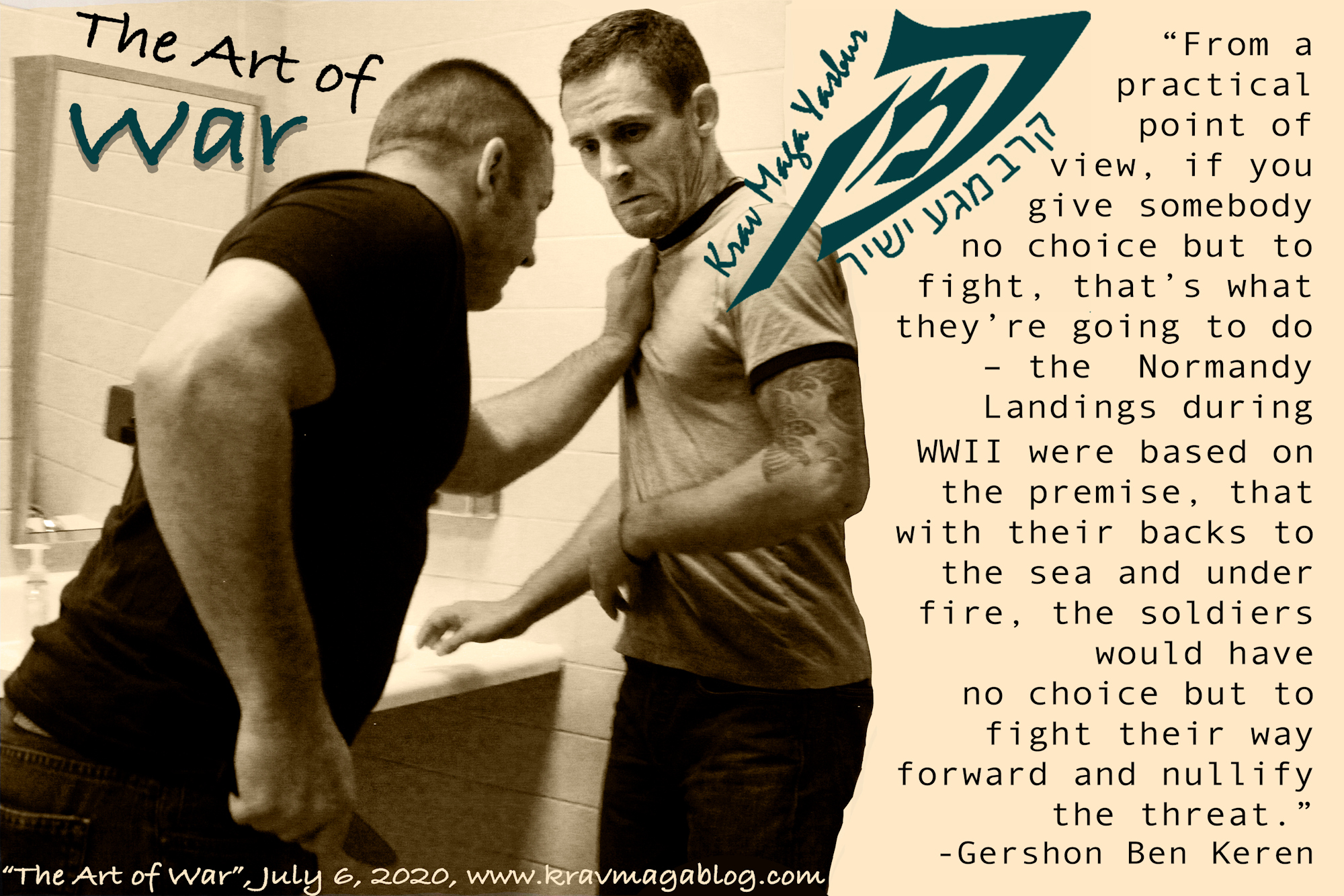The Value of Cross Training, is an article written by Gershon Ben Keren, a 5th Degree Black Belt in Krav Maga, who teaches Krav Maga in Boston, MA. He has also authored three Amazon best-Selling Books on Krav Maga.
I’ve always cross trained, and I believe this is essential, not because of what a system may be lacking in, but so that we can better understand our own system, and its approach to self-defense and fighting, even if it only confirms what we already knew/believed. I once did a security review for a company, where there were only a few minor suggestions I had regarding the processes they already had in place. After a presentation, detailing and explaining my findings, conclusions and recommendations, one manager seemed disappointed that I didn’t have more suggestions and proposals for them – my main one having being that their processes that were in place were fine but employees needed to understand the requirement to follow security protocols and not try to circumvent them when they seemed personally inconvenient (a standard finding and recommendation in most of these types of reports). I explained that sometimes the benefit of getting an external viewpoint was to validate what you already know so that you can move on and progress, building on what you already have, knowing that it stands up to scrutiny. This shouldn’t be viewed as a test or challenge e.g. a boxer doesn’t need to start training in Muay Thai, in order to prove that boxers have better hands than Thai boxers, in fact this would be missing the point entirely; the goal would be to see how Muay Thai fighters use their hands in order to get a better understanding of striking in general, so that your understanding of boxing increases. We may all think we know how another art or system operates but until we participate in it, we really can’t say that we do.
In the late 1980’s and 1990’s a lot of Judoka, started to cross train in wrestling, both Greco Roman and Freestyle, to start to give us an edge in competition; primarily I was looking to “steal” techniques, movements and entries, that other Judoka might not know how to deal with. Initially, my attitude was one of comparison e.g. I’d look at how Judo’s O-Goshi (Major Hip Throw) was a “better” throw than wrestling hip toss etc. and didn’t really attempt to understand, even without the GI, why wrestlers would want to throw in this way, as it looked uncomfortable and potentially injurious, etc. However, over time, as I started to wrestle more, I began to understand how throwing in this way, gave me some new angles, positions and directions to attack from. Perhaps the biggest change in my Judo, from wrestling, was in the way I execute my Morote-Gari (two-handed reap). Without clothing to grab onto – as in wrestling you don’t wear pants - I found that I couldn’t control my opponent’s legs with my hands, especially when sweat started to enter the game. To counter this, I started to control the knees rather than the legs. When I translated this into Judo, my throw became significantly higher and bigger, because I was lifting from a lower position, and there was the added benefit that it became harder for my opponent to pull me to the ground afterwards. Once I moved outside of my “original” art and saw how other systems dealt with the same or similar problems, I became more of a grappler, rather than just simply a Judoka. If your system is a second-generation system that has incorporated other arts, then it’s a good idea to train in those “original” systems to get a better understanding of your own e.g. do some boxing, put on a GI and do some Judo, etc.
My ego prevented me from doing BJJ for quite a long time. I had a fairly good Ne-Waza/ground game from Judo and didn’t want to acknowledge that another GI-based system, might have actually improved upon Kodokan Judo (at the time I saw Kosen Judo from where BBJ derives as an apostate system, that had gone down the wrong path, without actually attempting to understand it or the contexts for which it was designed). Until you do something, you can’t actually understand it, at best all you can have is a theoretical understanding e.g. if you don’t practice Judo in a GI, you don’t actually understand Kuzushi - the way that balance is broken – when utilizing Judo throws; that is not to say a wrestler, or an akidoka, doesn’t understand balance breaking, they just understand it from a different perspective. I thought I “understood” BJJ, because I’d been on the ground in a GI before, but rolling with Judokas is a totally different game – especially when you’re attempting not to be on your back, and where guard isn’t a recognized position, etc. A simple rule change, alters the dynamics considerably, something that isn’t necessarily obvious or apparent when you’re looking in from the outside; when you simply stay in your own system you don’t know what you don’t know. This is not to say that every student needs to practice multiple systems, but an instructor attempting to understand how things works, why they work, where they don’t, etc. – should. This is not acknowledging a failing or a gap in their own art, but a way of improving their own knowledge.
I remember talking to Judo players who believed that the only way to improve their Judo was to do more Judo. They looked down on weight training and running, even though this was part of every top athlete’s training. They took almost a religious view, that they’d somehow not be true Judokas if they acknowledged that other non-Judo training methods would improve their Judo. If you practice boxing, your striking will improve, if you practice Judo your grappling and throwing will improve, if you practice Muay Thai or Tae Kwon Do your kicking will improve, etc., and you can do all of these things whilst still being “true” to your own system – this is a very different approach from simply taking a throw from Judo, and saying it is Judo, or a ground work from BJJ and saying it is BJJ. All martial arts have specializations, and to be the best fighter you can it is worth spending some time listening to and training with the specialists.
0 COMMENTS